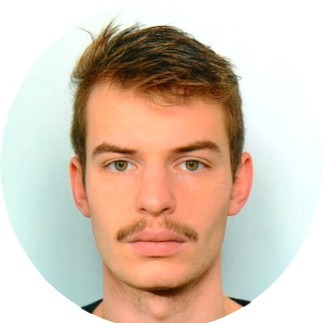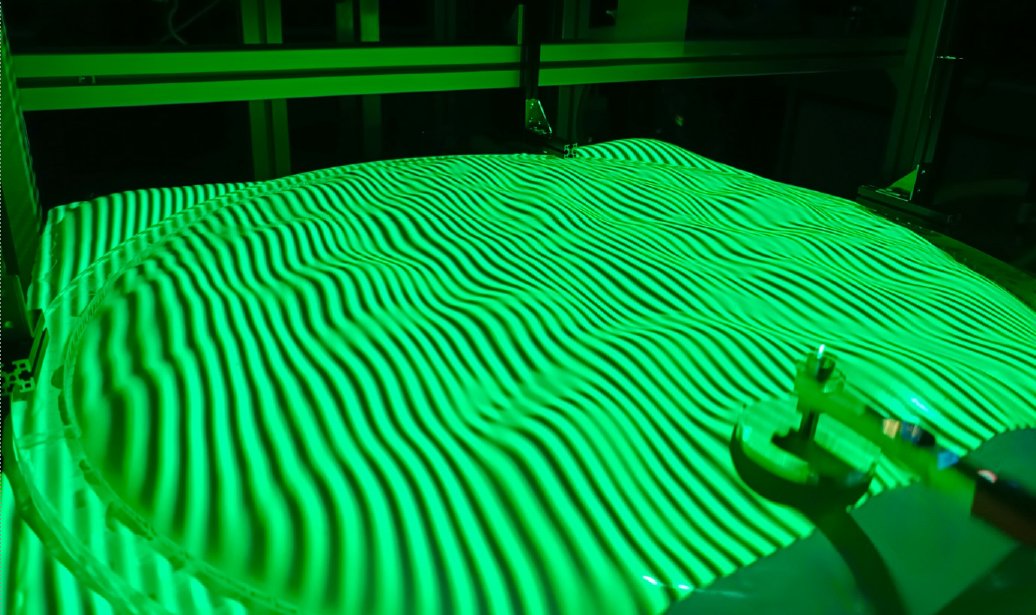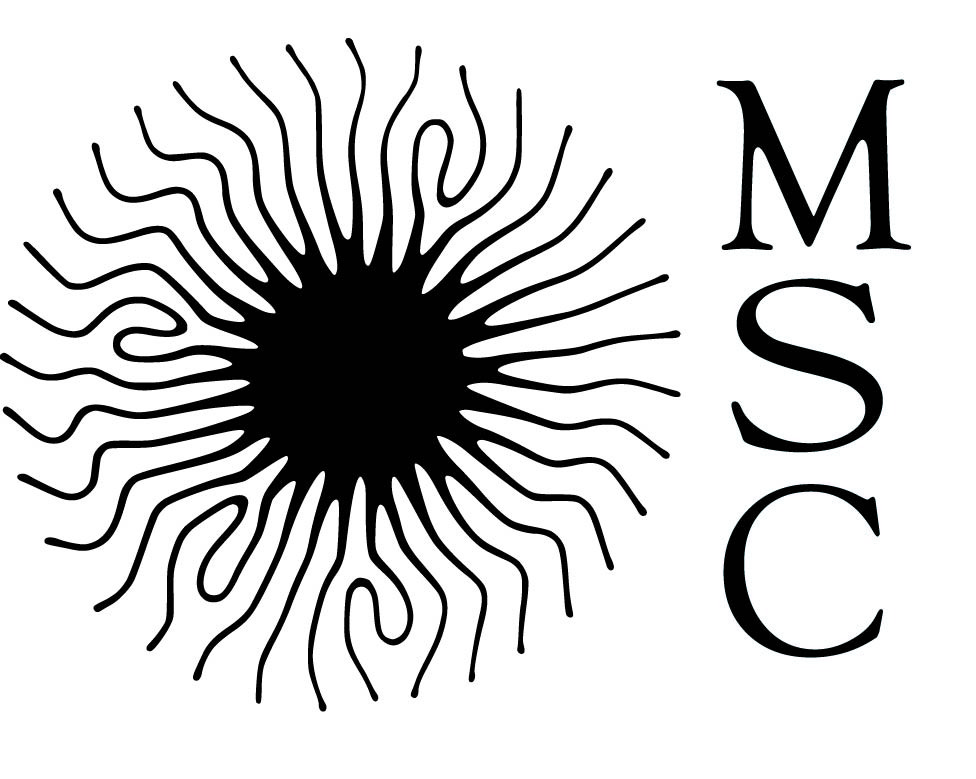Nuclear mechanics as a diagnostic and therapeutic target for glioblastoma
Glioblastomas (GBMs) are the most lethal primary brain tumours. The absence of effective therapies is mainly due to tumour invasion and to the resistance of invading cells to treatments such as radio and chemo-therapies. In GBMs, lamin proteins that control nuclear envelope stiffness, have recently emerged as potential markers of aggressiveness and tumourigenicity. Nuclear mechanics has appeared as a key determinant of cancer cell invasion leading us to hypothesize that genes controlling nuclear mechanics of GBM cells may be used as diagnostic tools and potential therapeutic targets to improve the prognostic of GBMs.
The working hypotheses of this M2 internship project is that alterations in nuclear mechanics contribute to GBM aggressiveness and directly influence cell invasive behaviour. The intern will first use clinically annotated primary patient-derived GBM cells and rheological techniques (optical tweezers, microfluidics) to measure nuclear morphology and mechanics (Figure). Second, he/she will modulate the expression levels of lamins to modify both nuclear mechanics and GBM cell invasion and test whether lamins could be used as potential molecular targets to control GBM aggressiveness.

Figure: A. Comparison of the morphology of the nucleus in two different GBM cell lines (U3039 and U 3031). B. Measurements of the viscoelasticity of the nucleus using indentation of GBM nuclei in living cells. A. Images showing a typical nuclear indentation experiment. The white cross represents the centre of the optical tweezers in which the 2 µm- diameter bead is trapped (green). The nucleus (blue) is indented by moving the cell towards the right (white arrow) which displaces the bead away from the trap centre of a distance ∆x. C. Scheme of the bead in the optical trap. D. Force-indentation curve showing the force F as a function of the indentation d in the experiment shown in B.
Key words: nuclear envelope; lamin A/C; lamin B1; lamin B2; LINC complex; optical tweezers; microfluidic; cancer; glioblastoma; cytoskeleton; migration; invasion.
Collaborators: Sandrine Etienne-Manneville (Institut Pasteur, Paris), Catherine Villard (Institut Curie, Paris), Wang Xi (IJM, Paris), Nicolas Borghi (IJM, Paris)
Laboratory: Matière et Systèmes Complexes, UMR 7057 CNRS-Université de Paris, 10 Rue Alice Domon et Léonie Duquet, 75013 Paris
Contact: Jean-Baptiste Manneville (Jean-Baptiste.Manneville@u-paris.fr)
À lire aussi

Ada Altieri récompensée par la médaille de bronze du CNRS
L'ensemble du laboratoire MSC félicite Ada Altieri, enseignante-chercheuse à l'Université Paris Cité au sein de l'équipe Théorie du Laboratoire Matière et Systèmes Complexes, récompensée par la médaille de bronze du CNRS 2025.Spécialiste de physique statistique, Ada...

Emilien Dilly lauréat du Prix Saint Gobain 2024
Le Prix Saint-Gobain 2024 est décerné à Émilien Dilly pour sa thèse intitulée "Hélices, Perversions et Vrilles : De la Mécanique des Tiges Inspirée par les Plantes à la Génération de Courbure chez les Plantes à Vrilles" effectuée à l'Université Paris-Cité sous la...

Using molecular rotors to investigate hemoglobin concentration and heterogeneity in red blood cells
Molecular rotors are used to investigate red blood cell rheology. Our study demonstrates that molecular rotors can differentiate between healthy donors based on variations in intracellular hemoglobin concentration and intracellular viscosity. They also uncover...

Quand les ondes imitent le comportement d’un gaz
Marlone Vernet et Eric Falcon, chercheurs du CNRS et de l’Université Paris Cité, au laboratoire Matière et Systèmes Complexes, ont observé un phénomène étonnant : dans un système agité de manière aléatoire, des ondes peuvent se comporter comme les molécules d’un...
